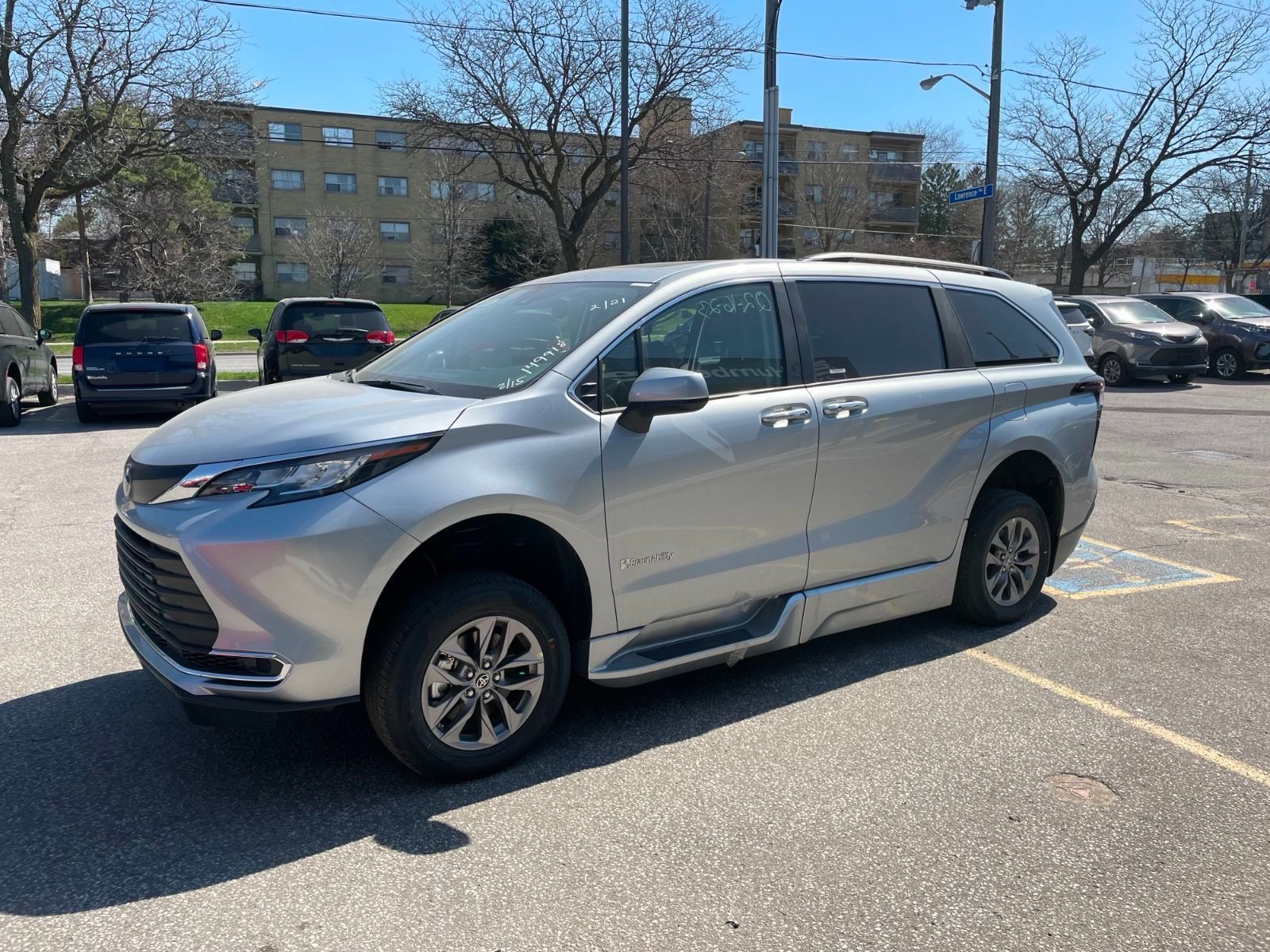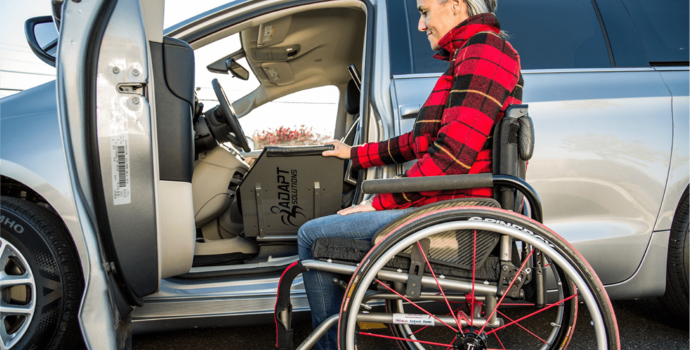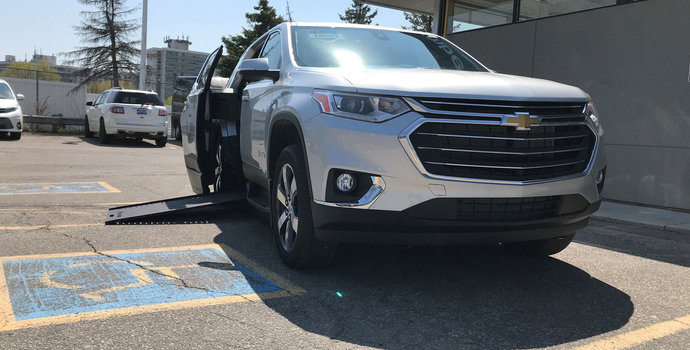BraunAbility is a leader in providing wheelchair-accessible vehicles, offering both side-entry and rear-entry conversion options across a range of popular vehicle models. Each type of conversion has its unique benefits, catering to different mobility needs and preferences. In this article, we will explore the key differences between side-entry and rear-entry wheelchair accessible vehicles (WAVs), and help you decide which option may be best suited for your needs.
Side-Entry Wheelchair Accessible Vehicles
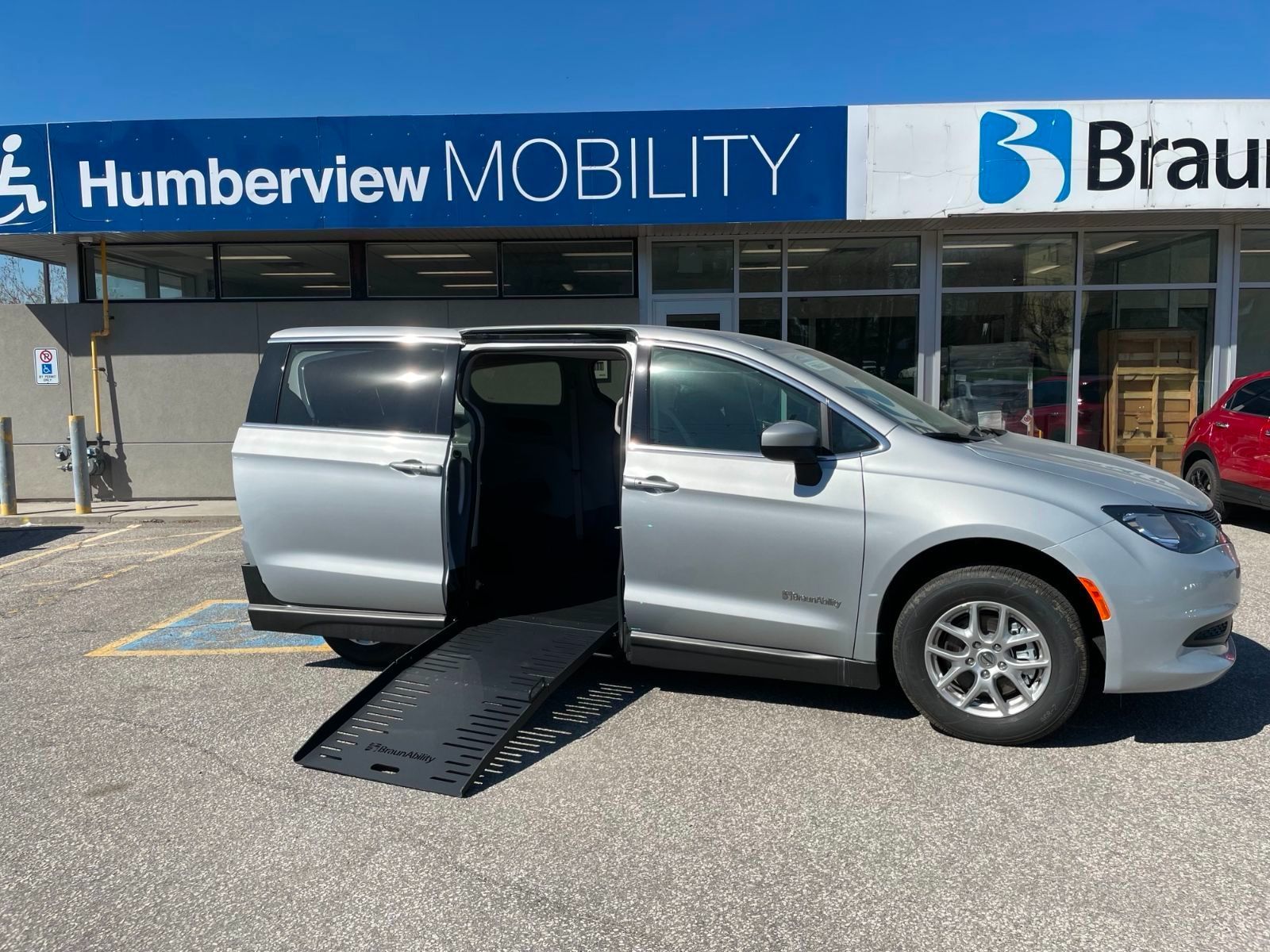
Side-entry wheelchair-accessible vehicles are one of the most popular options, thanks to the flexibility and freedom they offer. In these vehicles, the entire floor is lowered to provide the wheelchair user with ample headroom and ease of maneuverability throughout the cabin. This design allows for multiple seating options, including the ability to ride as the driver, front passenger, or in mid-row seating.
Key Features of Side-Entry Vans:
- Lowered Floor: The entire floor is lowered to ensure that wheelchair users have enough space to maneuver inside the vehicle.
- Multiple Seating Options: Side-entry vans allow the wheelchair user to sit in the driver’s seat, front passenger seat, or mid-row seats.
- Ramp Options: Side-entry vehicles can be equipped with either a manual or power-operated ramp, depending on the user’s preference and budget.
- Requires Extra Space: A side-entry ramp requires additional space next to the vehicle for deployment, making parking in narrow spaces more challenging.
Side-entry vans are perfect for users who want the flexibility of sitting in the front seat or even driving the vehicle. However, the extra space needed to deploy the ramp should be taken into consideration when choosing this type of van.
Rear-Entry Wheelchair Accessible Vehicles
For users looking for a more practical and cost-effective solution, rear-entry vans provide a great alternative. Unlike side-entry vans, the ramp in these vehicles is deployed from the back, which allows the van to park in standard parking spaces without the need for extra side clearance. Rear-entry conversions typically involve lowering only part of the floor, which makes this option more affordable.
Key Features of Rear-Entry Vans:
- Partially Lowered Floor: Unlike side-entry vehicles, rear-entry vans have a partially lowered floor, which keeps costs down while still providing enough space for the wheelchair user.
- Parking Convenience: The ramp extends from the rear of the vehicle, so no extra space is needed beside the vehicle for deployment.
- Seating Options: Some rear-entry vehicles offer seating flexibility, allowing a caregiver to sit next to the wheelchair user in the rear. However, the wheelchair user will not be able to sit in the front seat.
- Capacity for Multiple Wheelchairs: Depending on the size of the van, some rear-entry vehicles can accommodate two wheelchairs, making them a practical choice for families or transportation services.
Rear-entry vans are ideal for families who need more seating flexibility or who prioritize ease of parking. They also tend to be more budget-friendly, making them an attractive option for those looking to maximize value.
Side-Entry vs. Rear-Entry: Which Is Right for You?
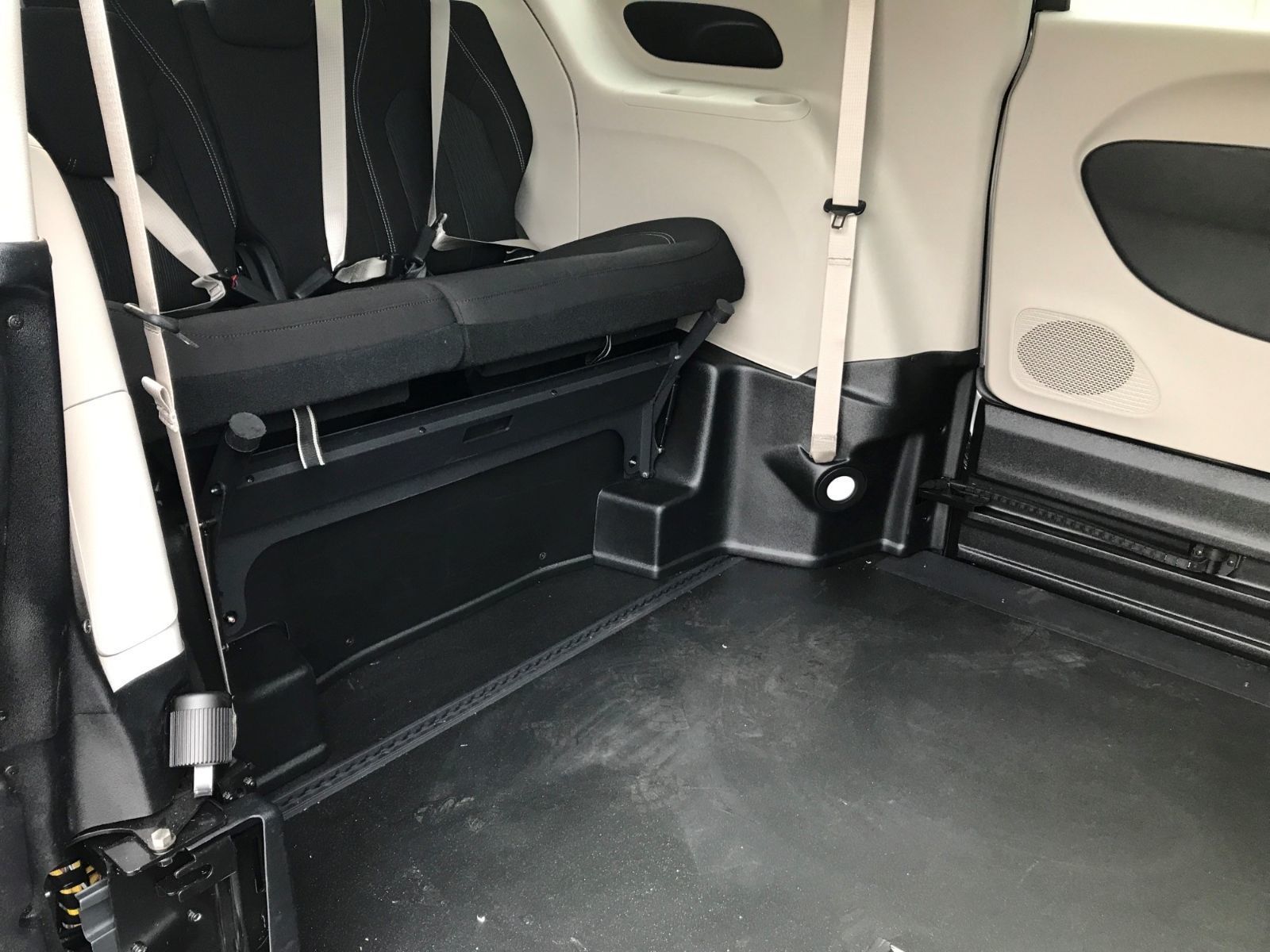
When deciding between side-entry and rear-entry wheelchair accessible vehicles, it’s important to consider your specific mobility needs, seating preferences, and the type of parking situations you encounter regularly. Both options have their advantages, but they serve different purposes based on user priorities.
|
Feature
|
Side-Entry Vans
|
Rear-Entry Vans
|
|
Floor Configuration
|
Entire floor is lowered for more space and headroom
|
Partially lowered floor, more budget-friendly
|
|
Ramp Deployment
|
Requires extra side space for ramp deployment
|
Ramp deploys from the rear, no extra side space needed
|
|
Seating Options
|
Wheelchair user can sit in front or mid-row
|
Caregiver can sit beside the wheelchair user
|
|
Wheelchair Capacity
|
May accommodate up to two wheelchairs
|
May accommodate up to two wheelchairs
|
|
Driving Capability
|
Wheelchair user can drive in side-entry configurations
|
Wheelchair user cannot sit in the front
|
|
Cost
|
Typically more expensive due to full-floor lowering
|
Generally more affordable
|
BraunAbility Vehicle Solutions
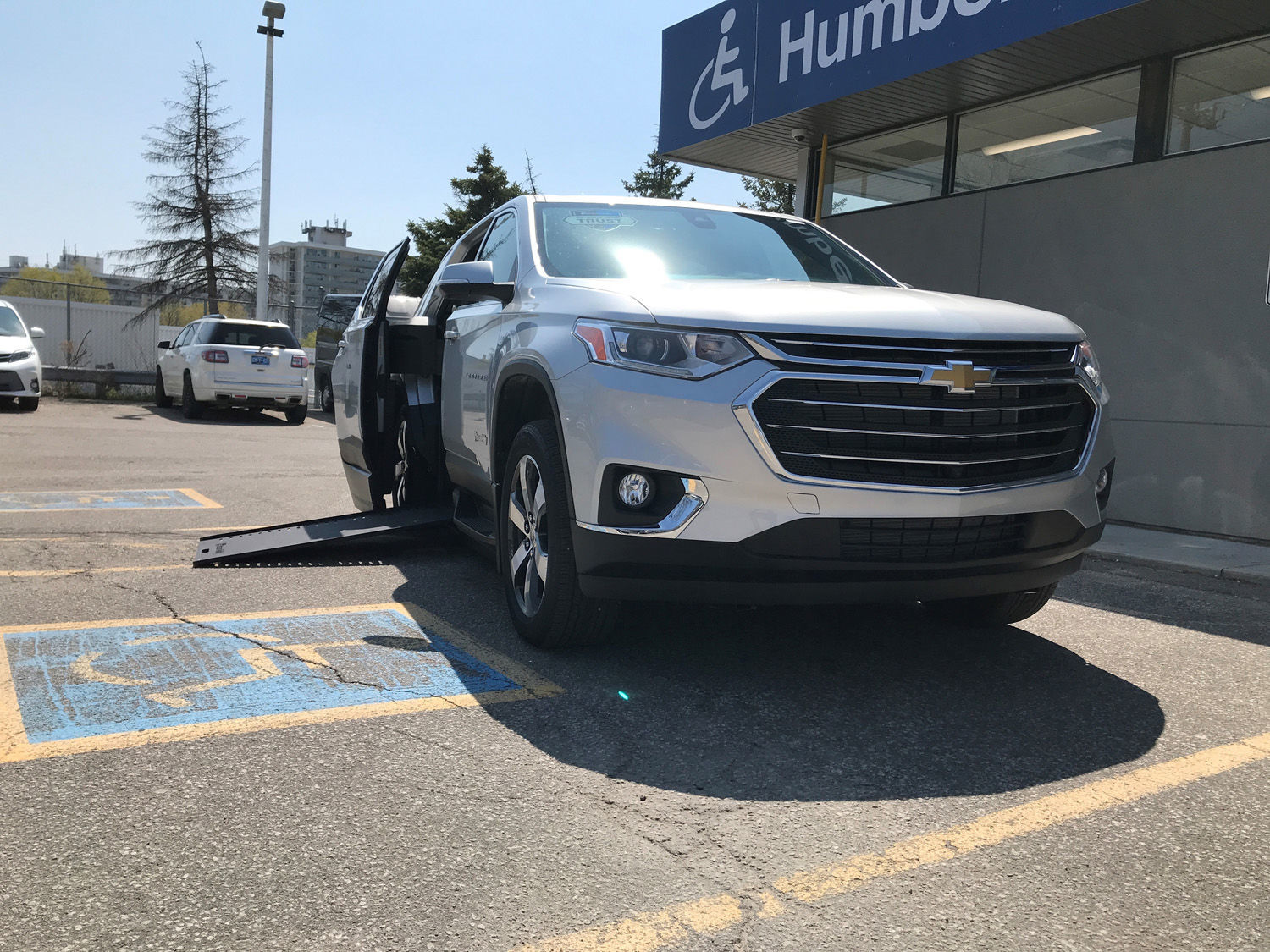
BraunAbility offers a range of side-entry and rear-entry conversions on popular vehicles, each tailored to suit various preferences and budgets. Let’s take a closer look at some of the top models available with these conversions.
1- Chrysler The Chrysler Pacifica and Grand Caravan versatile and spacious interiors, making them popular choices for wheelchair conversions. Available in both side-entry and rear-entry configurations, these models come with either a foldout or infloor ramp. They also offer multiple floor height options, adding flexibility to the conversion process.
2- Toyota Sienna The BraunAbility Toyota Sienna Hybrid stands out as one of the most fuel-efficient hybrid wheelchair vans on the market. Available with side-entry and rear-entry configurations, users can choose between a foldout ramp or an infloor ramp, both of which ensure smooth and reliable access to the vehicle.
3- Chevrolet Traverse The Chevrolet Traverse offers a unique alternative for wheelchair users who prefer an SUV over a traditional minivan. Available with a side-entry power infloor conversion, the Traverse combines style and practicality, providing a spacious and stylish ride without compromising on accessibility.
4- Honda Odyssey The Honda Odyssey is another popular option, especially for those looking for a side-entry configuration. With a power infloor ramp, the Odyssey maximizes interior space while maintaining a sleek and modern appearance. The out-of-sight ramp storage also ensures a clutter-free cabin for both wheelchair users and passengers.
Conclusion
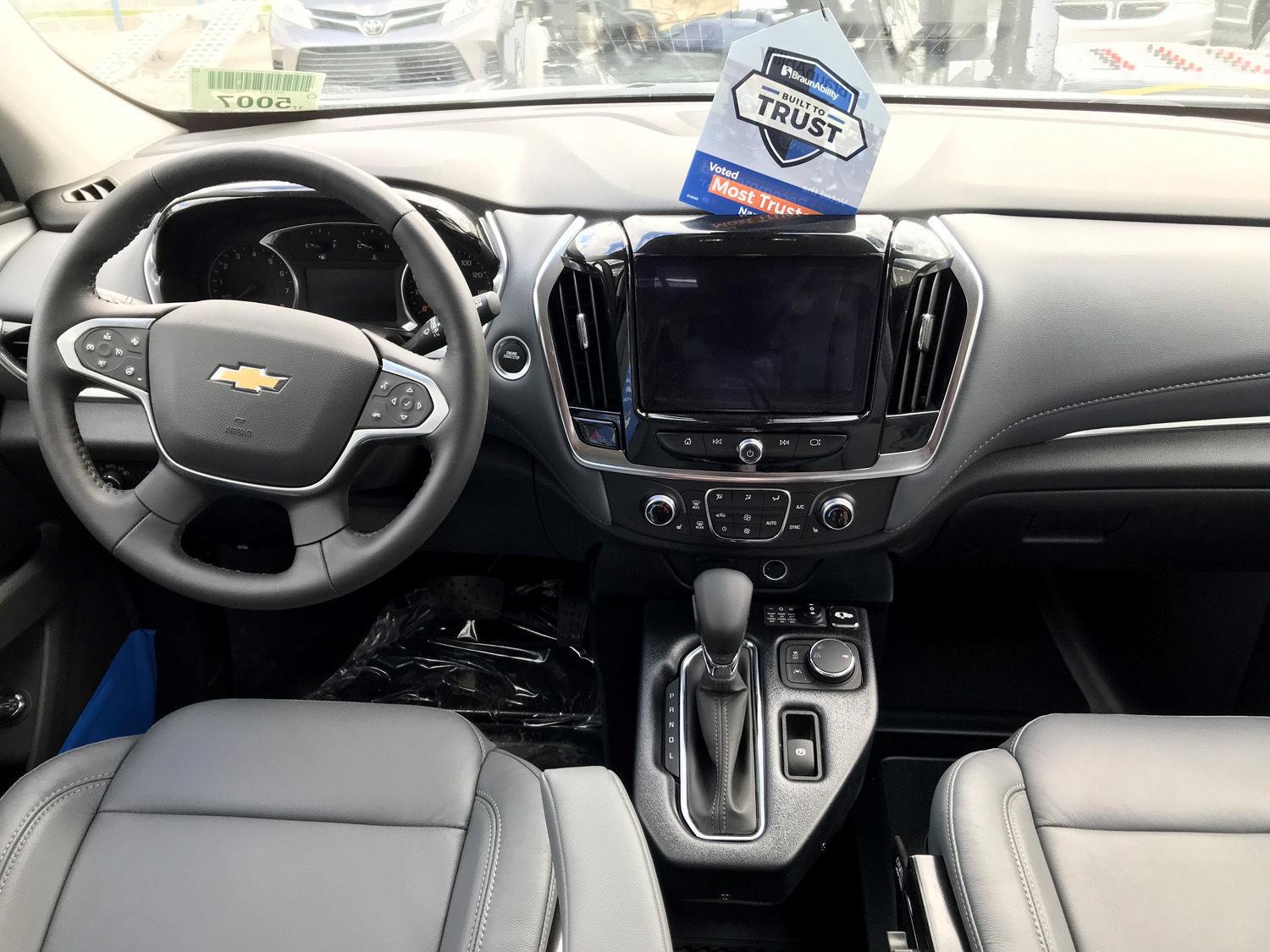
When comparing side-entry and rear-entry wheelchair-accessible vehicles, the choice ultimately comes down to personal preference and practical considerations. Side-entry vans offer more flexibility for the wheelchair user in terms of seating and driving, but they require additional space for ramp deployment. Rear-entry vans, on the other hand, are more budget-friendly, easier to park, and offer additional seating options for caregivers or family members.
Whatever your needs, BraunAbility offers a variety of high-quality wheelchair-accessible vehicles, providing both side-entry and rear-entry solutions to meet the mobility requirements of users across Ontario.

